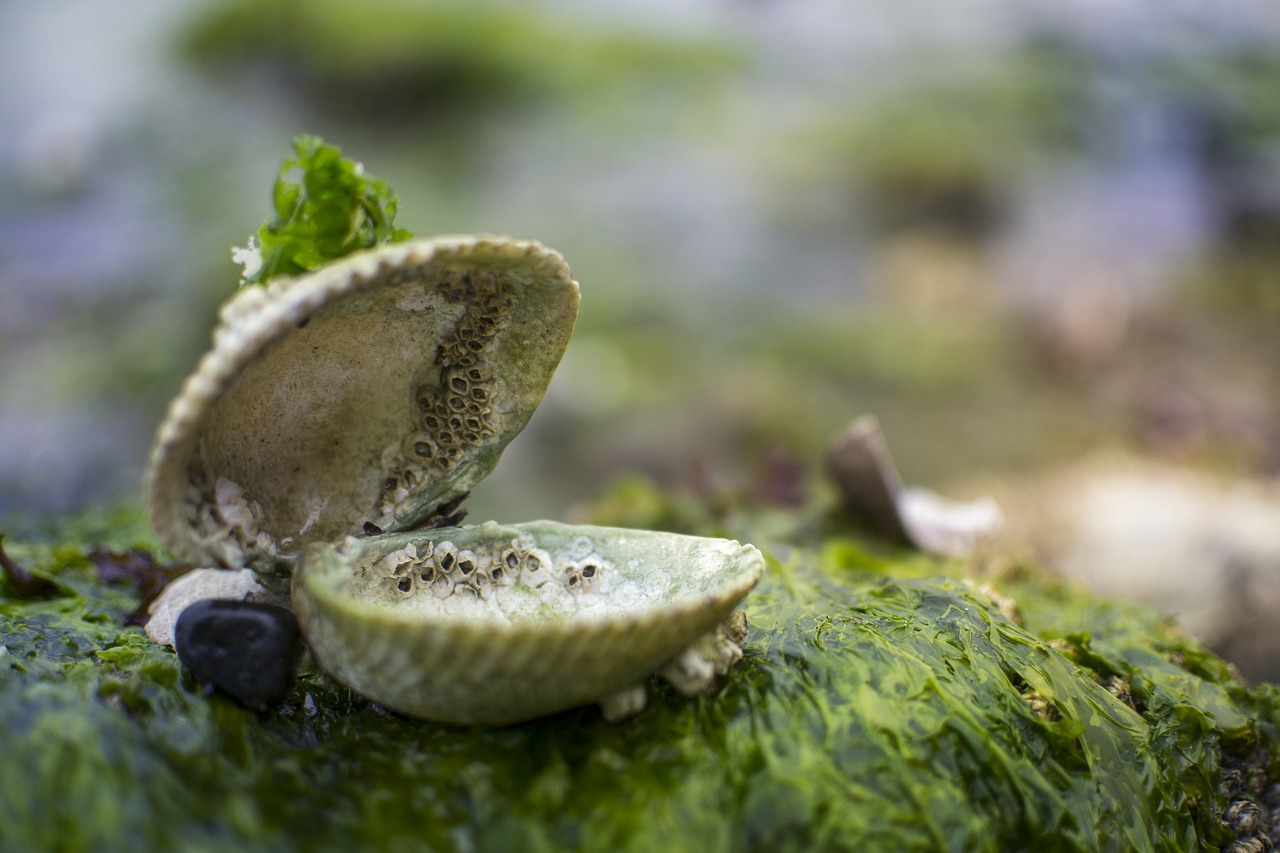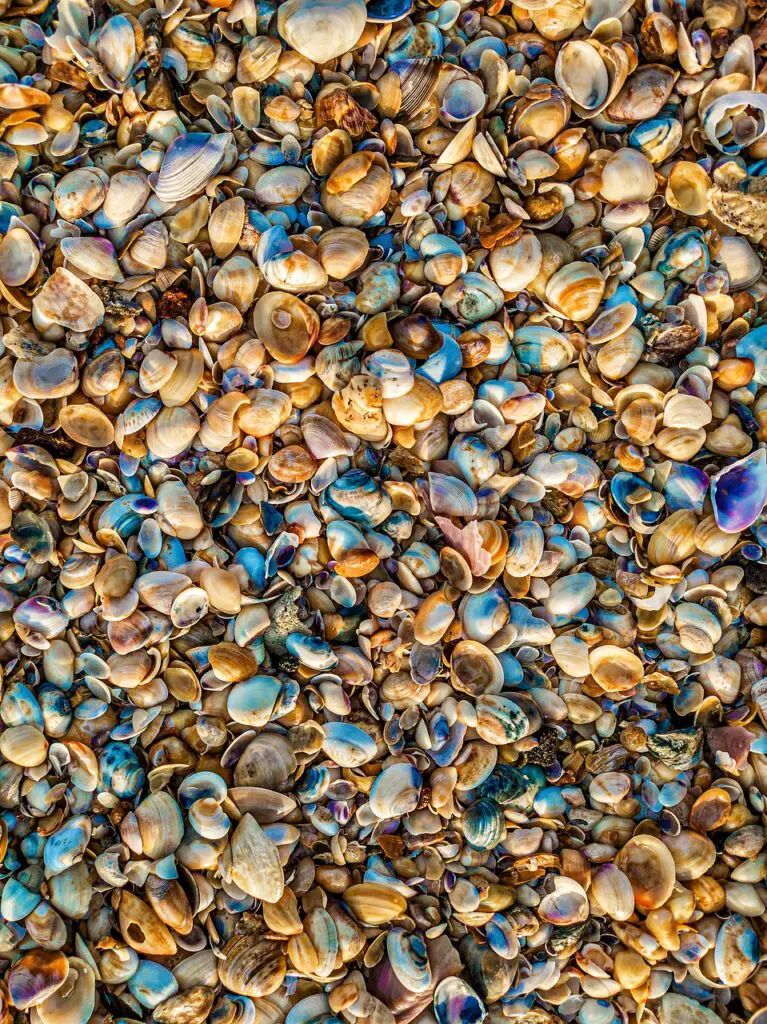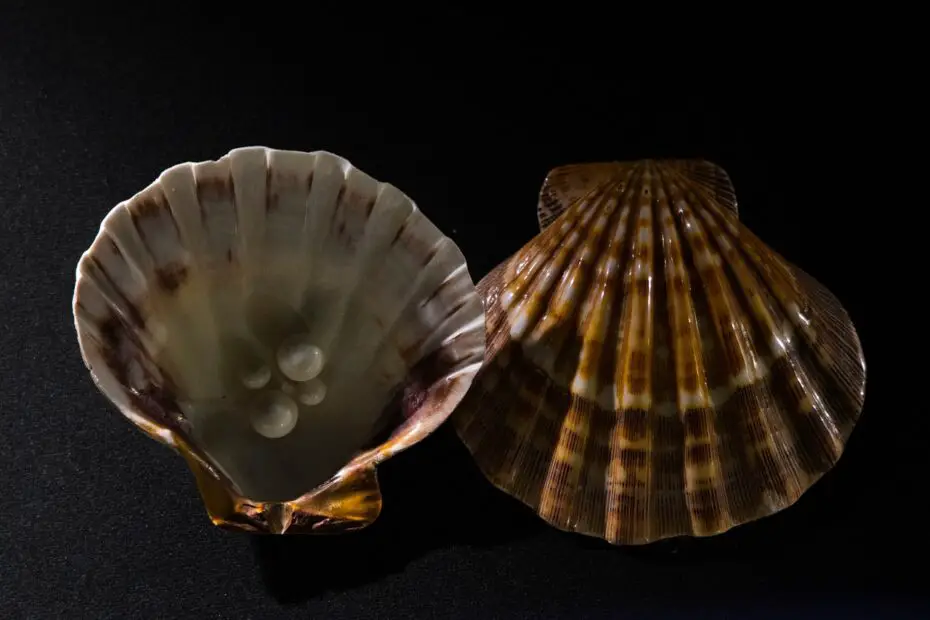Have you ever marveled at the exquisite beauty of pearls? These lustrous gemstones have captivated humans for centuries, symbolizing elegance and sophistication. While pearls are often associated with oysters, did you know that freshwater mussels also produce stunning pearls?
In this article, we will delve into the fascinating world of freshwater mussels pearls and their remarkable ability to create pearls. From their formation to harvesting techniques and the value of these unique gems, we will explore the enchanting realm of freshwater mussel pearls.
You may also want to know if Platypus are poisonous.
The Fascinating World of Freshwater Mussels Pearls
Freshwater mussels are mollusks found in rivers, lakes, and streams around the world. They possess a remarkable ability to filter water, making them vital contributors to aquatic ecosystems. These mollusks have a shell that protects their soft body, and inside this shell is where the magic of pearl formation occurs.
Formation of Freshwater Mussel Pearls
Pearls are formed when an irritant, such as a small particle or parasite, enters the mussel’s shell and becomes trapped between its mantle and shell lining. In response to this irritant, the mussel secretes layers of nacre, a combination of calcium carbonate and organic substances. Over time, these layers build up, creating a pearl.

Natural Pearl Harvesting
Historically, natural pearl harvesting involved divers searching for pearl-producing mussels in rivers and lakes. This process was labor-intensive and often resulted in a low yield of high-quality pearls. However, with the advancements in pearl cultivation techniques, the demand for natural pearls has diminished.
Cultured Pearl Production
Cultured pearls revolutionized the pearl industry by enabling controlled pearl production. In the case of freshwater mussel pearls, a small piece of mantle tissue, along with an irritant, is carefully inserted into the mussel’s shell. The mussel’s natural pearl-forming process is then initiated, resulting in the growth of a cultured pearl. This method allows for a higher yield of pearls with consistent quality.
The Beauty and Value of Freshwater Mussel Pearls
Freshwater mussel pearls exhibit a unique range of colors, shapes, and sizes, making each pearl truly one-of-a-kind. These pearls often showcase delicate pastel hues, including shades of pink, peach, lavender, and white. Their luster and iridescence are mesmerizing, reflecting light in a captivating manner.
The value of freshwater mussel pearls is determined by various factors, such as size, shape, color, luster, and surface quality. Large, perfectly round pearls with high luster and minimal blemishes command a higher price in the market. However, smaller pearls with unique shapes and vibrant colors also have their charm and appeal.
Factors Influencing Pearl Quality
Several factors influence the quality of freshwater mussel pearls. Size is animportant consideration, with larger pearls generally being more valuable. The shape of the pearl can range from perfectly round to baroque or asymmetrical, with each shape having its own allure.
Color is another crucial factor in determining pearl quality. Freshwater mussel pearls can exhibit a wide spectrum of colors, and vibrant, evenly distributed hues are highly sought after. Luster, or the pearl’s reflective surface, is also significant. Pearls with a high luster have a radiant glow that enhances their beauty.
Surface quality refers to the presence of blemishes or imperfections on the pearl’s surface. Pearls with minimal flaws are considered more valuable. Additionally, the thickness and consistency of the nacre layers contribute to the durability and longevity of the pearl.

Caring for Freshwater Mussels Pearls
To maintain the luster and longevity of freshwater mussel pearls, proper care is essential. Avoid exposing them to harsh chemicals, such as perfumes or hairsprays, as these can damage the pearls’ luster. When not wearing the pearls, store them separately from other jewelry to prevent scratches.
To clean freshwater mussel pearls, gently wipe them with a soft, damp cloth after each use. This helps remove any residue or dirt that may have accumulated. Periodically, you can use a mild, non-detergent soap solution to clean the pearls, followed by a rinse with clean water. Avoid using abrasive cleaners or brushes that could scratch the pearls’ surface.
The Versatility of Freshwater Mussels Pearls
Freshwater mussel pearls are incredibly versatile and can be used in various forms of jewelry. From classic pearl necklaces and earrings to modern and innovative designs, these pearls add elegance and sophistication to any ensemble. Their affordability compared to other types of pearls makes them accessible to a wider range of individuals.
Beyond jewelry, freshwater mussel pearls are also used in decorative items, such as brooches, hair accessories, and even embellishments on clothing. Their unique colors and shapes lend themselves to creative designs that showcase the pearls’ natural beauty.
Sustainable Practices in the Freshwater Mussel Pearl Industry
Sustainable practices are crucial to ensure the long-term viability of the freshwater mussel pearl industry. Responsible pearl cultivation involves proper management of pearl farms, minimizing environmental impacts, and promoting the conservation of natural habitats where mussels thrive. This includes monitoring water quality, preventing the introduction of invasive species, and implementing measures to support the overall health of aquatic ecosystems.
By supporting pearl companies that prioritize sustainability and ethical practices, consumers can contribute to the preservation of these fascinating creatures and their precious pearl production.
Conclusion
Freshwater mussel pearls offer a captivating alternative to traditional oyster pearls. With their diverse colors, shapes, and sizes, they showcase the wonders of nature’s artistry. Whether harvested naturally or cultivated through innovative techniques, these pearls possess a unique allure that continues to enchant jewelry enthusiasts worldwide. By understanding the formation, qualities, and care of freshwater mussel pearls, you can appreciate their beauty and make informed choices when adding these exquisite gems to your collection.
FAQs
1. Are freshwater mussel pearls genuine pearls? Yes, freshwater mussel pearls are genuine pearls. They are formed through the same natural process as oyster pearls but produced by freshwater mussels.
2. Can freshwater mussel pearls be as valuable as oyster pearls? Freshwater mussel pearls can be highly valuable, especially those with exceptional qualities such as large size, round shape, high luster, and vibrant colors. The value of a pearl is determined by its unique attributes and the preferences of buyers.
3. How long does it take for a freshwater mussel pearl to form? The time it takes for a freshwater mussel pearl to form varies. It can range from several months to several years,
